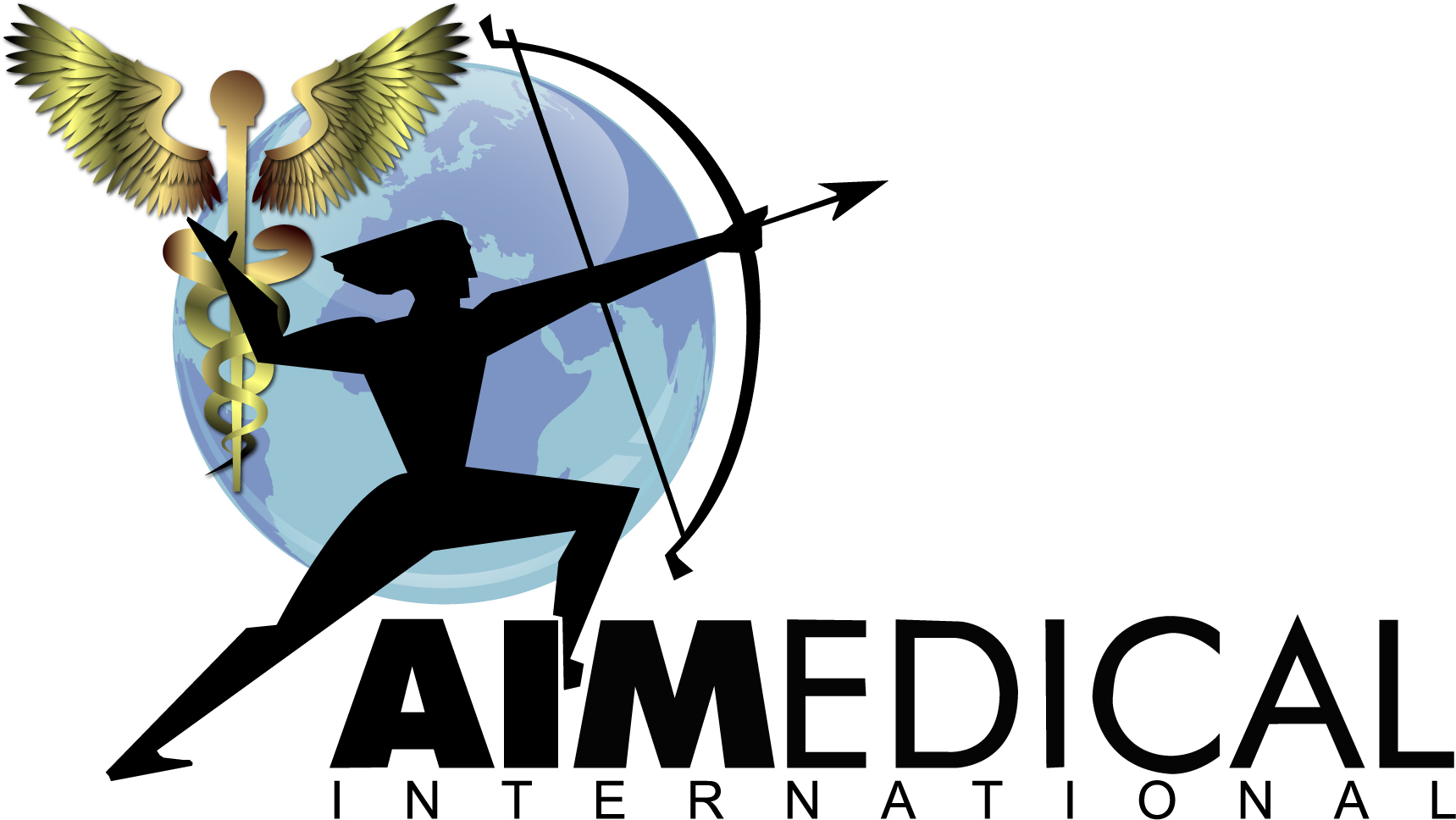Unleashing the Future of Healing with Neurology Machines in Modern Medicine
In the ever-evolving landscape of modern medicine, the advent of Neurology Machines presents a transformative potential for patient care and treatment outcomes. As reported by the World Health Organization, neurological disorders affect over a billion individuals worldwide, highlighting the urgent need for innovative solutions in this field. The integration of advanced technologies such as artificial intelligence and machine learning into Neurology Machines is paving the way for breakthroughs in diagnostics, personalized treatment plans, and better management of conditions like epilepsy, multiple sclerosis, and neurodegenerative diseases. According to a recent market analysis by Research and Markets, the neurology devices market is expected to reach $9.15 billion by 2025, underscoring the growing recognition of the role these machines play in enhancing therapeutic strategies. As we stand on the brink of this technological renaissance, the potential of Neurology Machines to redefine healing and improve quality of life for millions is becoming increasingly apparent.

The Role of Neurology Machines in Revolutionizing Patient Care
In the realm of modern medicine, neurology machines are transforming patient care by providing innovative solutions for diagnosing and treating neurological disorders. These advanced technologies, such as neuroimaging tools and robotic-assisted therapy devices, enable healthcare professionals to gain deeper insights into brain functionality and pathology. By utilizing algorithms and real-time data analysis, neurology machines enhance the accuracy of diagnoses, allowing for earlier detection of conditions like Alzheimer’s disease, multiple sclerosis, and various types of brain injuries.
Moreover, neurology machines contribute significantly to therapeutic strategies, offering personalized treatment plans that cater to individual patient needs. For instance, neurostimulation devices can modulate brain activity in patients with epilepsy or depression, leading to improved outcomes without the invasiveness of traditional surgical methods. Additionally, telemedicine technologies powered by neurology machines facilitate remote monitoring and follow-ups, making specialized care more accessible to patients in underserved areas. As these machines continue to evolve, they hold the potential to further revolutionize how neurological conditions are managed, ultimately enhancing patient quality of life.
| Machine Type | Use Case | Patient Benefits | Technological Features | Future Prospects |
|---|---|---|---|---|
| fMRI Scanner | Brain mapping and mental disorders diagnostics | Improved diagnostic accuracy | High-resolution imaging, real-time capabilities | Integration with AI for predictive analytics |
| Electroencephalogram (EEG) | Epilepsy monitoring and brain research | Non-invasive, real-time brain activity monitoring | Portable options, cloud data storage | Remote patient monitoring features |
| Transcranial Magnetic Stimulation (TMS) | Depression treatment | Non-invasive, reduced side effects compared to medication | Targeted magnetic field application | Increased efficacy through customized treatment plans |
| Neurofeedback Devices | Cognitive enhancement and stress management | Empowers self-regulation, enhances focus | Real-time brain activity feedback | Development of home-use devices for widespread access |
| Robotic Rehabilitation Systems | Post-stroke recovery | Improved mobility, personalized rehabilitation | Adaptive learning algorithms, user-friendly interfaces | Expansion into outpatient therapy settings |
Exploring the Technology Behind Advanced Neurological Healing Devices
The field of neurology is experiencing significant advancements powered by innovative technology, particularly in the development of neurological healing devices. With the market for global neurostimulation devices projected to reach $14.915 billion by 2025 and grow at a compound annual growth rate (CAGR) of 3.1% until 2033, the focus on harnessing technology to improve patient outcomes is increasingly vital. Neurological devices, including pain management tools and brain-machine interfaces, are on the forefront, offering new possibilities for treating conditions that previously had limited therapeutic options.
In the United States, the neurovascular device market alone is anticipated to reach $1.41 billion in 2023, driven by a robust CAGR of 10.3% throughout the forecast period. As advancements in precision medicine emerge, companies are unveiling cutting-edge imaging technologies that enhance diagnostic accuracy and treatment efficacy. Additionally, breakthroughs in brain-computer interface technology are leading to the development of devices that can decode brain signals with high precision, potentially transforming the landscape of neurological rehabilitation and therapy. These innovations demonstrate a pivotal shift in the approach to neurological care, emphasizing the integration of advanced technology in modern medicine.
Unleashing the Future of Healing with Neurology Machines
This chart illustrates the advancement in neurological healing devices over the years, focusing on key metrics such as effectiveness and adoption rates in modern medicine.
Why Neurology Machines are Essential in Treating Chronic Brain Disorders
Neurology machines have emerged as vital instruments in the landscape of modern medicine, particularly in the treatment of chronic brain disorders. Innovations such as High-Intensity Focused Ultrasound (HIFU) for essential tremors and non-invasive helmet-shaped devices represent significant strides in addressing neurological conditions without the invasiveness of traditional surgical methods. These advancements not only offer immediate relief for patients but also pave the way for more flexible treatment options, allowing those with chronic conditions to lead more fulfilling lives.
Furthermore, the integration of artificial intelligence in neurology is revolutionizing how clinicians diagnose and treat neurological disorders. AI tools now assist in identifying invisible brain abnormalities, streamlining surgical planning for patients with complex conditions like focal cortical dysplasia. In addition to these diagnostic enhancements, the prospect of adaptive deep brain stimulation offers a tailored approach to managing diseases like Parkinson's. These technologies exemplify the essential role that neurology machines play in transforming patient care and improving outcomes for those grappling with chronic neurological disorders.
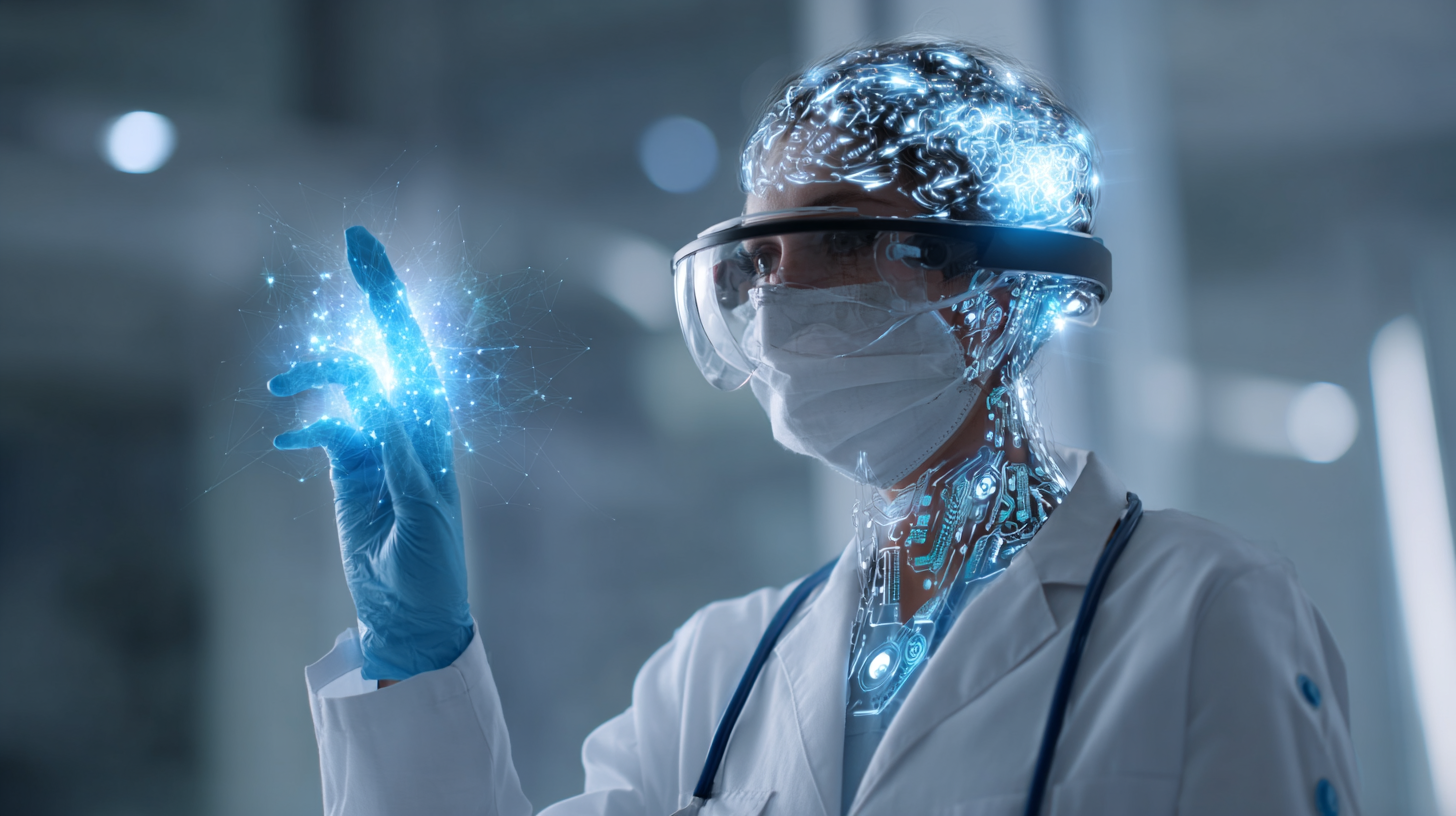
Unlocking the Potential of AI in Modern Neurological Treatment Systems
The integration of artificial intelligence (AI) in neurology is revolutionizing the way neurological disorders are diagnosed and treated. According to a report from the World Health Organization, the prevalence of neurological disorders is expected to increase by approximately 15% by 2030, highlighting the urgent need for innovative treatment solutions.
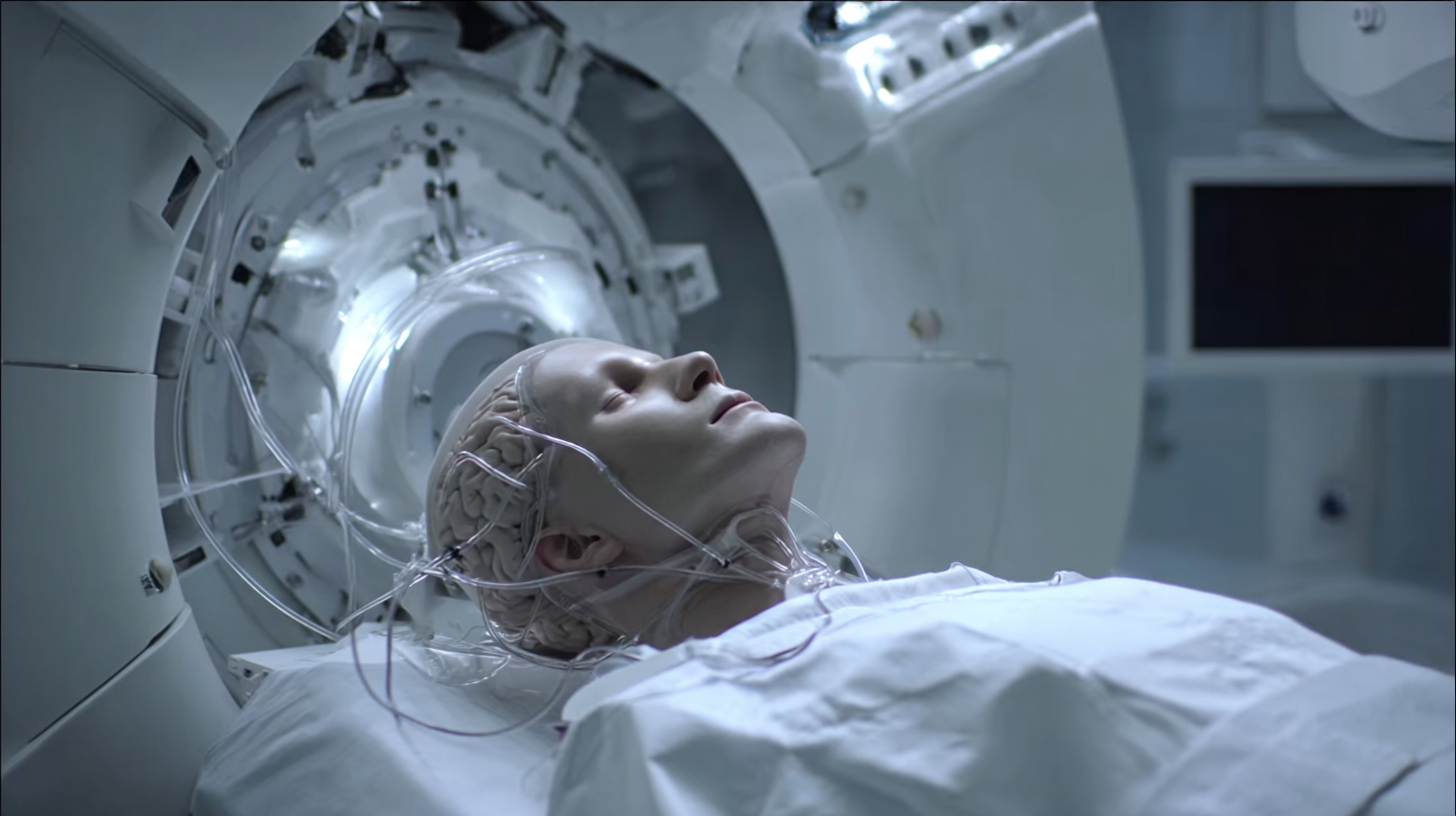 AI-driven systems, such as machine learning algorithms, are now being utilized to analyze complex neurological data, improving diagnostic accuracy and enabling personalized treatment strategies. These advancements not only enhance the speed of diagnosis but also optimize treatment plans tailored to individual patient profiles.
AI-driven systems, such as machine learning algorithms, are now being utilized to analyze complex neurological data, improving diagnostic accuracy and enabling personalized treatment strategies. These advancements not only enhance the speed of diagnosis but also optimize treatment plans tailored to individual patient profiles.
Moreover, a recent study published in the Journal of Neural Engineering indicates that AI systems can predict patient outcomes with over 85% accuracy when integrated into treatment protocols for conditions like epilepsy and multiple sclerosis. By leveraging vast datasets and pattern recognition, these technologies reduce the trial-and-error approach traditionally associated with neurological care. The potential to harness AI in this field signifies a paradigm shift, as neurologists increasingly rely on data-driven insights to improve patient outcomes and reduce the burden on healthcare systems. As we move forward, the synergy between AI and neurology holds immense promise, paving the way for more effective and efficient treatment methodologies.
The Future of Personalized Medicine: Tailoring Neurology Machine Interventions
The advent of neurology machines marks a significant milestone in the realm of personalized medicine. By leveraging advanced technology and data analytics, these machines are equipped to assess individual neurological profiles, leading to tailored interventions that cater specifically to the unique needs of each patient. This personalization is crucial because neurological conditions often manifest distinctly in individuals, making a one-size-fits-all approach ineffective. With machine learning algorithms predicting responses to various treatments, clinicians can adapt therapies in real-time, optimizing outcomes and enhancing the overall patient experience.
Moreover, the integration of neurology machines in modern medicine empowers healthcare providers to merge traditional practices with innovative solutions. By utilizing data collected from neurological assessments, clinicians can design individualized treatment plans that encompass lifestyle modifications, medication adjustments, and therapeutic interventions. This holistic approach not only addresses the symptoms but also aligns with the patient's life context, improving adherence to treatment protocols. As a result, the future of neurology paves the way for a more compassionate and effective healthcare system, where every patient's journey to wellness is uniquely crafted through the precision of technology.
Related Posts
-
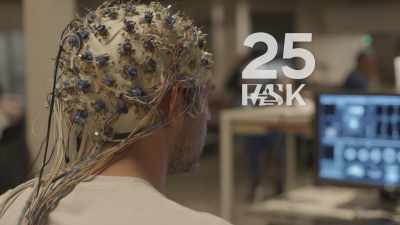
25 Reasons Why Best Used EEG Equipment Can Transform Mental Health Care
-

Effective Ways to Identify Quality Suppliers for Tms Machines in the Global Market
-

Unlocking Global Trade Opportunities with Emg Systems at the 137th Canton Fair
-

Discover Superior Electromyography Equipment from China's Leading Manufacturing Experts
-

Ultimate Checklist for Non Invasive Brain Stimulation Techniques You Shouldn't Miss
-
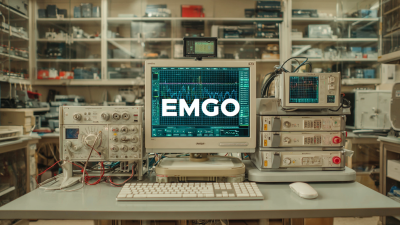
Addressing Common Challenges in Sourcing the Best Electromyography Equipment for Global Buyers
